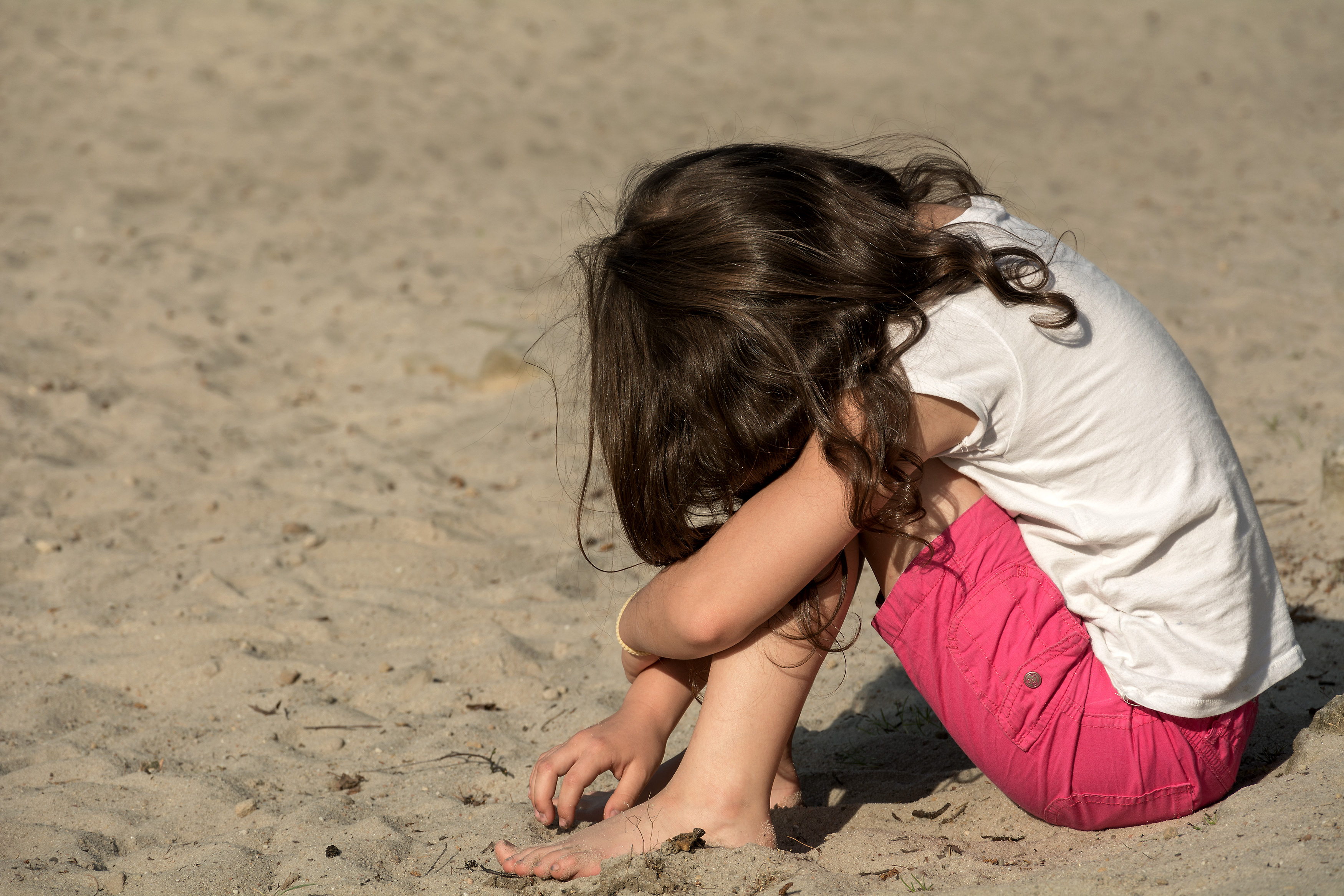Bullying is typically represented in popular culture as either physical aggression—such as pushing and kicking—or verbal aggression—such as making obscene or threatening statements. The most common kind of bullying, "relational aggression," which involves socially excluding friends from group activities and spreading false rumours, has been linked to detrimental social and emotional effects on victims, according to a recent study from the University of Missouri.
Prior studies have shown that excluding a child from social activities by their peers at school will have the same detrimental short- and long-term effects as regularly kicking, punching, or slapping a youngster. According to Chad Rose, an associate professor in the MU College of Education and Human Development and the director of the Mizzou Ed Bully Prevention Lab, the study highlights the social exclusion that young people routinely encounter.
In 26 middle and high schools spread across five school districts in the southeast of the United States, a more thorough investigation of the school climate was conducted, and Rose looked at survey results from that investigation. More than 14,000 teenagers were asked to indicate their level of agreement or disagreement with statements that suggested pro-bullying attitudes, perceived popularity, and relational aggressiveness.
"A little teasing never harmed anyone," and "I don't care what the kids think of me as long as it doesn't involve me" were a couple of instances of responses to the poll. When it comes to making decisions for my group of friends, I usually take the lead. If I get irritated, I might stop letting someone hang out with us.
What we discovered is that students who believe they are socially dominating or popular support pro-bullying viewpoints but do not believe they are engaged in relational aggression, according to Rose.
Another group, which did not consider itself to be socially dominant or well-liked but supported pro-bullying viewpoints and engaged in relational aggression, existed. The first group therefore accepted bullying but did not recognise themselves as doing it, even if they were actually excluding others. While the second group, who acknowledged using relational violence, might have excluded others in an effort to gain more social dominance and move up the social hierarchy.
Rose observed that low levels of relationship aggression and pro-bullying views were reported by the third set of respondents, also known as bystanders or non-aggressors.
The interesting thing about spectators is that they regularly promote bullying by being present and functioning as social reinforcers, says Rose. "While we urge children to use the well-known phrase "See something, say something," in practise, even adults find it difficult to intervene and quickly settle disputes. We felt compelled to intervene in a fight between two kids that was getting physical. The worrying thing is that when we see kids being rejected by their classmates, adults don't always appear to think it's equally damaging.
According to Rose, educators, parents, and community members can all support children in need by valuing each student's individuality. Children's uniformity is typically appreciated when they are young, but as they get older and become adults, originality is what makes us stand out and achieve in both our professional and personal life, claims Rose.
Some of the messages that adults convey in our homes, neighbourhoods, and places of education should be woven with personality.
Another good idea that teachers can employ right immediately is to incorporate social communication skills into the regular curriculum, according to Rose."
In addition to setting academic goals for group projects, teachers can evaluate how well the students invite the participation of others through pleasant, encouraging interactions "Added Rose.
Since these lessons are just as important as those in math, science, and history, teachers should make a point of praising pupils when they behave in an inclusive and polite manner.
For 17 years, Rose has been researching bullying. While dealing with high school special education adolescents who were at risk and acting violently or aggressively in his first job out of college, he initially became interested in the topic.
The decision to support every child who came through the door, especially those who had been historically marginalised, was made by Rose. "I decided I didn't want to deal with the most academically gifted and well-behaved pupils," Rose stated.
I have students returning to school from juvenile detention facilities "She spoke. I focused on helping kids acquire skills and creating treatments that place an emphasis on social communication, respect, and empathy rather than simply detaining or dismissing students from school.
According to Rose, if children aren't taught how to effectively express their opinions, wants, and needs, they may be more likely to behave aggressively. She emphasised the need of treating everyone with respect, even if you don't know them well. According to Rose, bullying is an issue in the community and does not begin or finish with the school bell.
"I think that as adults we need to be more aware of what we are teaching our children in terms of how we engage socially, because schools are a reflection of our communities."




